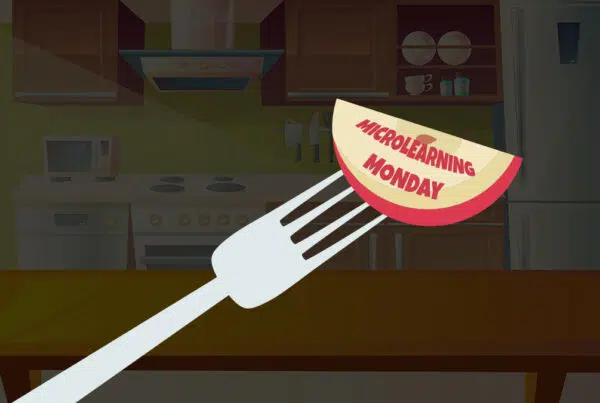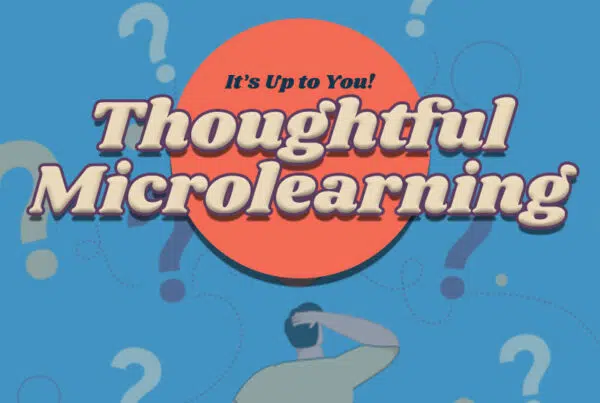Have you ever wondered how new drugs get their complicated names? Who gets to make these decisions and do they purposely test our ability to phonetically pronounce these terms? While it may seem like the pharmaceutical drug makers just string together as many consonants as they possibly can to form a non-word from a bowl of alphabet soup, there is actually a rhyme and reason to the naming conventions.
The naming of a drug begins with its chemical designation, which is based on the drug’s molecular structure. These chemical names are often long, complicated, and full of numbers. To translate these names into something that is a little easier to digest, pharmaceutical companies assign a generic name to the drug. In a way, this generic name serves as a “nickname” for the more convoluted chemical name. While you might think this is an easy task, it’s actually fairly complicated as there are specific rules that must be followed.
First, there are specific naming conventions in place for generic drugs. The suffix, or stem, of the name, generally corresponds to the class the drug belongs to. Here are some common examples of stems and drug classes that you have likely encountered:
By keeping the stems the same, it’s easy to see which drugs are members of the same class, making it simpler for health care practitioners to keep them straight. As new classes of drugs are discovered, new stems must be created. Ultimately, the pharmaceutical company that discovers a new class of drugs is responsible for coming up with the new stem. Any future members of this class of drug must then follow the new naming convention.
In contrast, the prefix of generic drug names doesn’t follow specific naming conventions. This is where pharmaceutical companies can get a little bit more creative! However, they still must adhere to some specific rules and regulations. Any name that suggests that a drug is better, newer, or more effective is out. The same goes for any name that brings to mind the pharmaceutical company developing the drug or that indicates the dosage form, duration of action, or method of drug release. In addition, drug names shouldn’t reference the medical condition the drug is being used to treat.
But, the naming fun doesn’t stop there! Pharmaceutical companies also have to assign a brand name for the drug. This is another opportunity for the company to get creative with the naming process. This practice is extensive, costly, and often involves the use of branding consultants. Similar to many marketing or branding concepts, companies must check for competitor or trademark conflicts as well as scrutinize the word (or parts of it) for connotation and interpretation in the U.S. and globally. When choosing a brand name, companies aspire to choose a name that will appeal to consumers, be memorable, unique, and ultimately help sell the product.
While drugs’ brand names are important, the generic name allows for the drug to be used without infringing on the copyright once it goes off patent. In a way, it serves as a bridge from the patent to the post-patent lifecycle since it stays consistent throughout both phases. With the approval of the first generic biologic earlier this year, the FDA has proposed some new naming conventions so this specific class of generic drugs also called biosimilars, are not confused with their branded counterparts. Biosimilars will carry a suffix at the end of their generic name to distinguish them from the branded biologic. This suffix, a string of 4 letters, won’t carry any meaning; however, it would more easily facilitate monitoring of the biosimilar in the post-approval setting and prevent any confusion at the pharmacy.
Potential generic and brand names must be reviewed and approved by both the FDA and the World Health Organization. While this may seem like a lot for something as simple as a name, review of generic names serves many purposes, chief of which is patient safety. Medication errors are a serious concern and are one of the most common mistakes made in the health care setting. Ensuring that drug names are dissimilar helps to prevent pharmacists or other health care practitioners from confusing which drug has actually been prescribed by the doctor. If you think back to the last prescription you got from your doctor, you can imagine why deciphering which drug the doctor has ordered might be difficult! These reviews also ensure that the drug name doesn’t infringe on trademarks of other companies. The World Health Organization ensures that the drug name doesn’t have connotations, good or bad, in other languages that may affect use of the drug in the global marketplace. The letters H, J, K , and W can create pronunciation problems in other languages, so they are pretty much off limits.
As you can see, the drug makers really aren’t trying to trip us up! They’re just trying to walk the fine line between meeting regulatory standards and achieving their own marketing goals.







